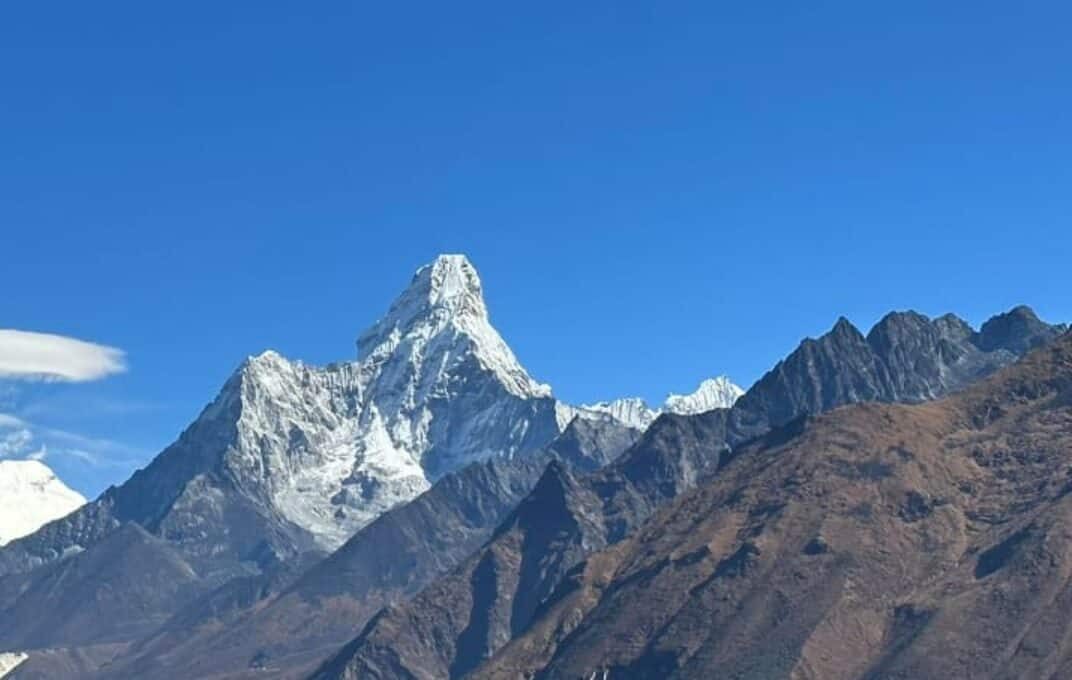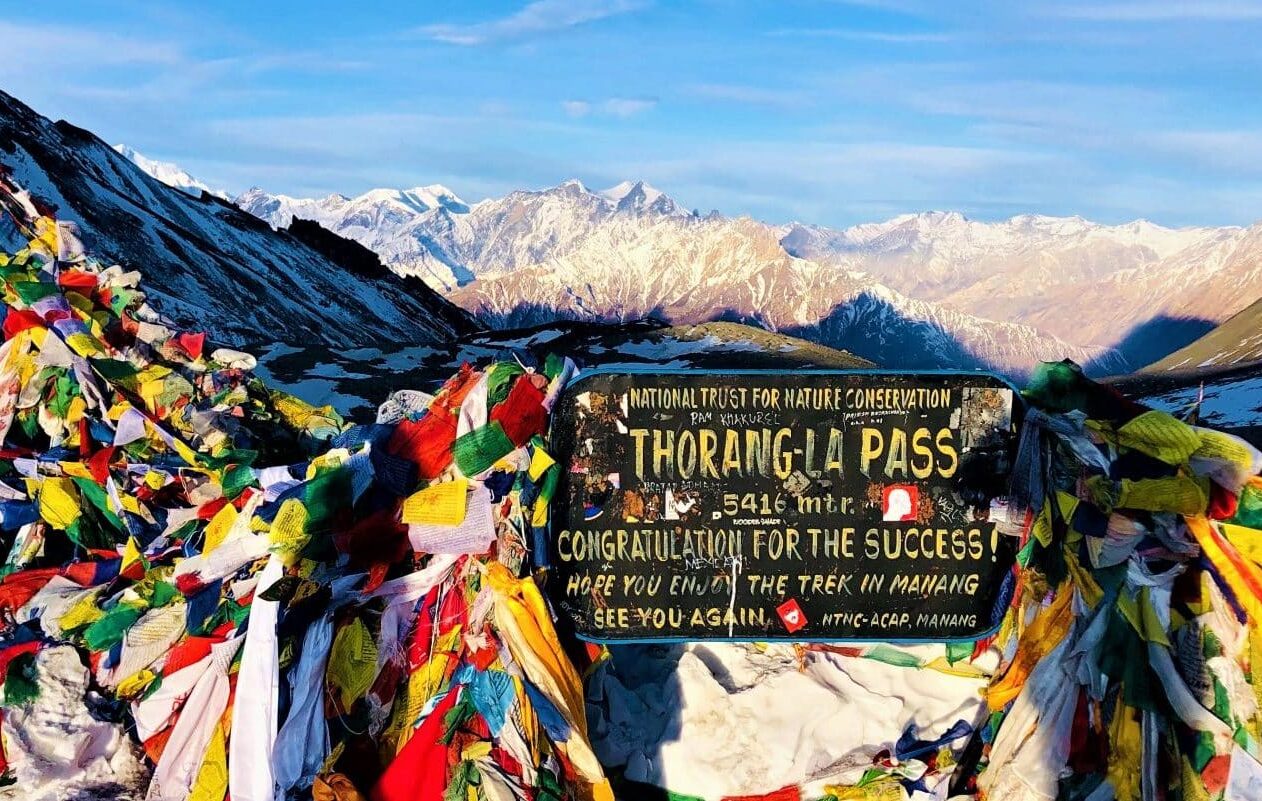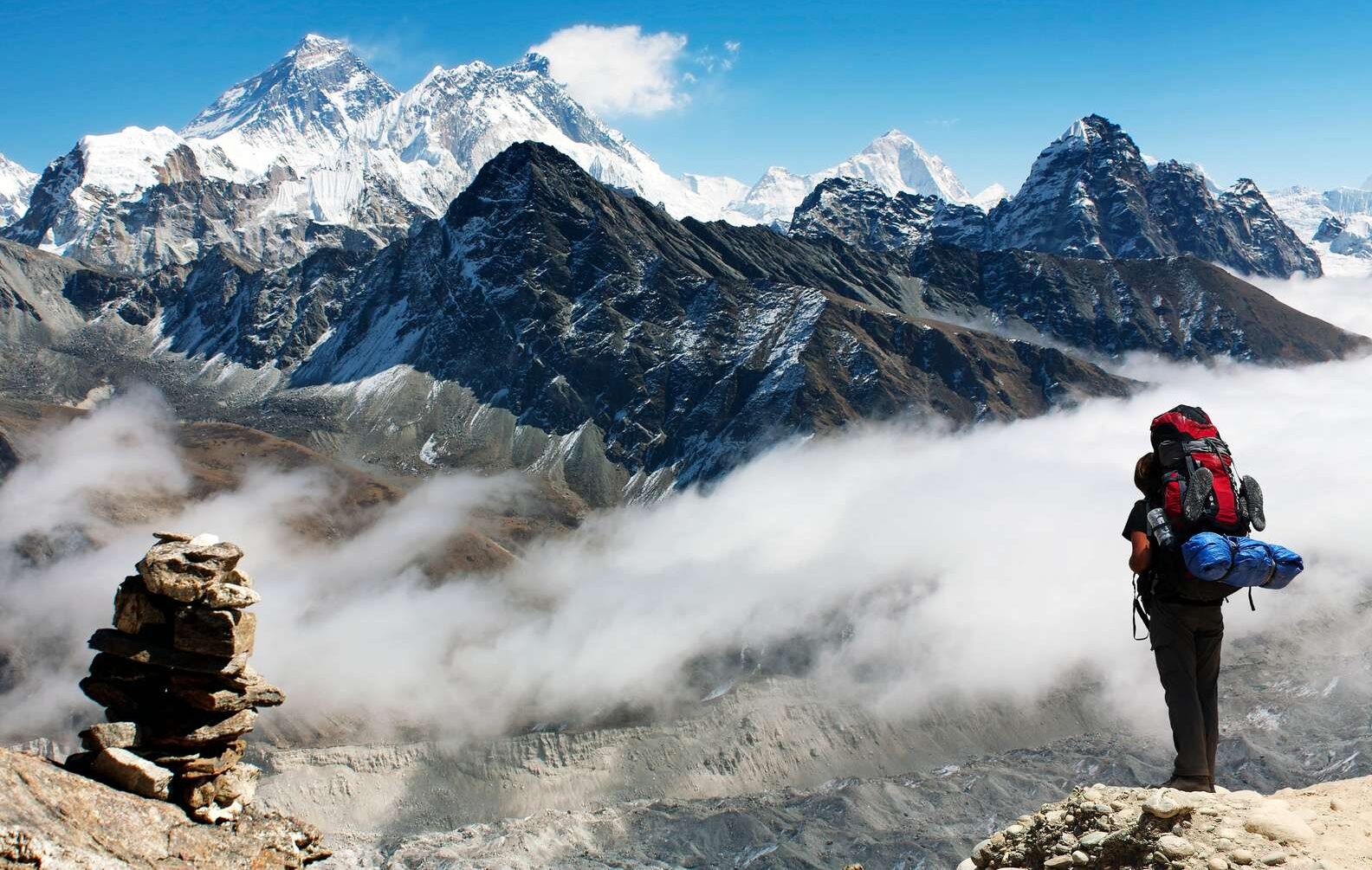Nepal is a land of awe-inspiring landscapes, from the towering peaks of the Himalayas to the lush valleys and rich wildlife of its protected areas. Discover the magnificent National Parks of Nepal, which are not just sanctuaries for diverse flora and fauna; they are also treasures of cultural heritage and natural beauty. Each park offers a unique glimpse into Nepal’s ecological diversity, making them must-visit destinations for adventure seekers, nature enthusiasts, and cultural explorers alike.
1. Chitwan National Park
Located in the subtropical lowlands of southern Nepal, Chitwan National Park is the country’s first national park, established in 1973. This UNESCO World Heritage Site excels in biodiversity and endangered species conservation. It protects the one-horned rhinoceros and Bengal tiger. Chitwan covers 932 square kilometres and has diverse habitats: forests, grasslands, and wetlands. The park is home to over 700 wildlife species and more than 500 bird species.
Visitors to Chitwan can enjoy various activities, including jungle safaris, bird watching, canoe rides, and cultural tours to the nearby Tharu villages. The park’s diverse ecosystems support various flora and fauna, making it a prime destination for nature lovers. Whether you’re tracking the elusive tiger or watching crocodiles bask by the Rapti River, Chitwan National Park offers a wildlife experience like no other.
2. Sagarmatha National Park
Home to Mount Everest, the world’s highest peak, Sagarmatha National Park is a UNESCO World Heritage Site located in the Solukhumbu District of eastern Nepal. Established in 1976, the park encompasses an area of 1,148 square kilometres and features rugged terrain, deep gorges, and glaciers. The park’s name, Sagarmatha, translates to “forehead in the sky,” aptly describing the towering presence of the Himalayas.
Sagarmatha National Park is famous for its dramatic landscapes and rich Sherpa culture. The park includes several Sherpa villages, including the famous Namche Bazaar, the gateway to Everest. Trekkers can explore trails leading to iconic destinations like Everest Base Camp, Gokyo Lakes, and Tengboche Monastery. The park is also home to unique wildlife, such as the snow leopard, Himalayan tahr, and red panda, making it a paradise for adventure seekers and nature enthusiasts.
3. Langtang National Park
Langtang National Park, established in 1976, is the first Himalayan national park in Nepal. Located north of Kathmandu, the park covers an area of 1,710 square kilometres and extends to the Tibetan border. The park is known for its stunning landscapes, including the Langtang Valley, which is surrounded by snow-capped peaks, lush forests, and glacial rivers.
The Tamang people inhabit the Langtang region, whose rich culture and traditions add a unique charm to the trekking experience. Popular treks in Langtang National Park include the Langtang Valley Trek, Gosaikunda Trek, and Helambu Trek. The park is home to diverse wildlife, including the red panda, Himalayan black bear, and various species of pheasants. The scenic beauty and cultural richness of Langtang make it a must-visit destination for trekkers and nature lovers.
4. Parsa National Park
Parsa National Park, located in the south-central part of Nepal, covers an area of 637 square kilometers. Established in 1984, the park’s primary goal is to preserve the habitat of the Asian elephant and other wildlife. The park’s terrain includes subtropical forests, grasslands, and wetlands, providing a diverse habitat for various species.
Wildlife enthusiasts visiting Parsa National Park can spot species such as the Bengal tiger, leopard, sloth bear, and wild dog. The park is also home to numerous bird species, making it a bird watcher’s paradise. Visitors can explore the park through jungle safaris, bird watching tours, and guided nature walks, offering an immersive experience of Nepal’s natural heritage.
5. Bardiya National Park
Located in the western Terai region, Bardiya National Park is the largest national park in the Terai, covering an area of 968 square kilometers. Established in 1988, the park is known for its successful conservation efforts and is one of the best places in Nepal to see the Bengal tiger. The park’s diverse habitats, including dense forests, grasslands, and riverine areas, support a wide range of wildlife.
Bardiya National Park is also home to the endangered one-horned rhinoceros, wild elephants, swamp deer, and Gangetic dolphins. The park offers a variety of activities, including jungle safaris, river rafting, and bird watching. The nearby Tharu villages provide cultural insights and traditional experiences, adding to the richness of a visit to Bardiya.
6. Shivapuri Nagarjun National Park
Situated on the northern fringe of Kathmandu Valley, Shivapuri Nagarjun National Park covers an area of 159 square kilometres.
Established in 2002, Shivapuri Nagarjun National Park is named after Shivapuri Peak (2,732 meters) and Nagarjun Hill. The park’s proximity to Kathmandu makes it a perfect escape for nature lovers and trekkers. It boasts over 500 plant species, 300 bird species, and various mammals like the Himalayan black bear and leopard. Activities include hiking, bird watching, and visiting Bagdwar and Bishnudwar, sources of the Bagmati and Bishnumati rivers. The serene environment and Himalayan views make it a favourite for locals and tourists.
7. Makalu Barun National Park
Established in 1992, Makalu Barun National Park is located in the eastern part of Nepal, adjacent to the Sagarmatha National Park. Covering an area of 1,500 square kilometres, the park is named after Mount Makalu, the fifth-highest peak in the world. The park’s diverse landscapes range from tropical forests to alpine meadows and glaciers, offering a unique ecological diversity.
The park is home to rare wildlife species such as the snow leopard, red panda, and Himalayan black bear. Trekkers can explore the challenging trails leading to the base of Mount Makalu, passing through pristine forests, high-altitude lakes, and traditional Sherpa villages. The remote and rugged terrain of Makalu Barun National Park provides a true wilderness experience for adventurous trekkers.
8. Rara National Park
Established in 1976, Rara National Park is located in the far northwestern region of Nepal. Covering an area of 106 square kilometres, it is the smallest national park in Nepal but is home to the largest lake in the country, Rara Lake. The pristine blue waters of Rara Lake, surrounded by pine forests and snow-capped peaks, create a stunning landscape.
The park is rich in biodiversity, with over 1,000 species of flora and fauna. Wildlife species like the red panda, Himalayan black bear, and musk deer can be spotted in the park. Rara National Park offers various trekking routes, including the Rara Lake Trek, which provides breathtaking views and an opportunity to experience the region’s tranquillity. The remote location and unspoiled beauty of Rara make it a hidden gem in Nepal’s national park system.
9. Khaptad National Park
Khaptad National Park, located in the far western region of Nepal, was established in 1984 and covered an area of 225 square kilometres. The park is named after Khaptad Baba, a renowned Hindu sage who meditated there. The park’s diverse landscapes include rolling hills, deep gorges, and lush forests, providing a serene environment for spiritual and natural exploration.
The park is home to over 270 species of birds and various mammals, including the leopard, Himalayan black bear, and barking deer. The Khaptad Plateau, at an elevation of 3,000 meters, offers stunning panoramic views of the surrounding mountains and valleys. Visitors can enjoy trekking, bird watching, and visiting the sacred sites associated with Khaptad Baba. The spiritual significance and natural beauty of Khaptad National Park make it a unique destination in Nepal.
10. Shuklaphanta National Park
Located in the southwestern Terai region, Shuklaphanta National Park covers an area of 305 square kilometres. Established as a wildlife reserve in 1976 and later upgraded to a national park in 2017, Shuklaphanta is known for its extensive grasslands, wetlands, and forests. The park is named after the Shuklaphanta grassland, one of the largest continuous grasslands in the Terai.
Shuklaphanta National Park has many wildlife, including the Bengal tiger, one-horned rhinoceros, swamp deer, and wild elephants. The park’s wetlands attract numerous bird species, making it a prime bird-watching destination. Visitors can explore the park through jungle safaris, bird-watching tours, and nature walks. The diverse ecosystems and abundant wildlife of Shuklaphanta provide a rich and immersive experience for nature enthusiasts.
11. Shey Phoksundo National Park
Shey Phoksundo National Park, established in 1984, is located in the Dolpa and Mugu districts of western Nepal. Covering an area of 3,555 square kilometres, it is the largest national park in Nepal. The park is named after the pristine Shey Phoksundo Lake, renowned for its crystal-clear blue waters and stunning surroundings.
Shey Phoksundo National Park is famous for its scenic beauty and rich cultural heritage. The park includes the ancient Shey Gompa, a sacred Buddhist monastery attracting pilgrims and trekkers. The park’s diverse landscapes range from lush forests and alpine meadows to arid trans-Himalayan areas.
The park is home to unique wildlife, such as the snow leopard, blue sheep, and the elusive Tibetan wolf. On this challenging trek, trekkers can enjoy breathtaking views of Shey Phoksundo Lake and the surrounding mountains. The park’s remote, unspoiled beauty offers tranquillity and adventure for nature and culture enthusiasts.
12. Banke National Park
Banke National Park, established in 2010, is one of the newer additions to Nepal’s national park system. Located in the Mid-Western Region, the park covers an area of 550 square kilometres and serves as an extension of Bardiya National Park, creating a larger conservation area for wildlife.
The park’s diverse habitats, including forests, grasslands, and riverine areas, support various species. Banke National Park is home to endangered animals such as the Bengal tiger, one-horned rhinoceros, and Asiatic elephant. The park also hosts over 300 species of birds, making it an excellent bird-watching destination.
Visitors to Banke National Park can enjoy jungle safaris, bird-watching tours, and guided nature walks. The park’s rich biodiversity and conservation efforts make it an important area for wildlife protection and a fascinating destination for eco-tourists.
Travel Tips to discover the magnificent National Parks of Nepal
- Best Time to Visit: The ideal time to visit most of Nepal’s national parks is during the dry season, from October to April when the weather is pleasant and wildlife sightings are more frequent.
- Permits and Regulations: Visitors must obtain permits to enter national parks in Nepal. It is essential to follow park regulations and guidelines to conserve wildlife and natural habitats.
- Guided Tours: Hiring a local guide or joining a guided tour can enhance your experience and provide valuable insights into the park’s flora, fauna, and cultural significance.
- Accommodations: Depending on the park, accommodations range from luxury lodges and tented camps to basic teahouses and homestays. It’s advisable to book in advance, especially during peak seasons.
- Packing Essentials: Bring appropriate clothing for varying weather conditions, sturdy trekking shoes, binoculars for bird watching, a camera to capture stunning landscapes, and essential trekking gear if you plan to hike.
Conclusion
Nepal’s national parks offer a unique blend of natural beauty, cultural heritage, and biodiversity. From the subtropical jungles of Chitwan and Bardiya to the high-altitude wonders of Sagarmatha and Langtang, each park provides a distinct and unforgettable experience. Whether you’re an avid trekker, a wildlife enthusiast, or a cultural explorer, the national parks of Nepal have something to offer.
Embark on an adventure with The Himalayan Treks and discover the wonders of Nepal’s national parks. Explore the diverse landscapes, encounter rare wildlife, and immerse yourself in the rich cultural heritage of this extraordinary country. Each visit to Nepal’s national parks is a journey into the heart of nature, offering memories that will last a lifetime.
FAQs to discover the magnificent National Parks of Nepal
Which national park in Nepal is best for wildlife viewing?
Chitwan National Park boasts rich biodiversity and provides excellent wildlife viewing opportunities, including sightings of one-horned rhinoceroses, Bengal tigers, and numerous bird species.
Are there any national parks in Nepal that offer cultural experiences?
Sagarmatha National Park offers a unique cultural experience with its Sherpa villages and Buddhist monasteries. The Langtang region is also known for its rich Tamang culture.
What is the highest point in Nepal’s national parks?
Mount Everest in Sagarmatha National Park is the highest point, at 8,848 meters (29,029 feet).
Can I visit Nepal’s national parks year-round?
While some parks can be visited year-round, the best time is from October to April. Monsoon season (June to September) can make trails slippery and increase the risk of landslides.
How should I minimize my environmental impact while visiting Nepal’s national parks?
Practice responsible tourism by following the “Leave No Trace” principles, staying on designated trails, avoiding littering, and respecting wildlife and local cultures.



